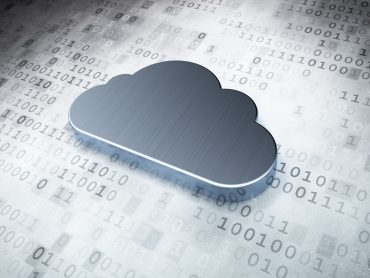
Streaming data technology is now more accessible than ever, and many companies are now finding practical uses for it.
The good news about streaming data analytics is you don’t have to be leading a team of tech wizards at a Silicon Valley company to make things happen. The technology is accessible, and many companies are now finding practical uses for it.
The ability to capture data flowing from applications, devices, and systems in real-time and instantly converting into actionable insights means a major leap to digital and significant competitive advantage. For examples of where and how streaming data analytics is delivering in a tangible way, Michael Lin of Hortonworks, recently identified the three key areas:
Predictive maintenance – This is an application area that is delivering “significant cost and time savings by analyzing equipment sensor data, diagnostics readings, and maintenance records to predict which components, at the approximate time period, will fail,” Lin explains. “Businesses can now take preventive measures based on the predicted failures to reduce maintenance costs while improving equipment uptime before an outage occurs.”
Clickstream analytics – Big web companies such as Amazon have already learned to master this capability, which typically consists of pulling website log files that contain “data elements such as a date and time stamp, the visitor’s IP address, the URLs of the pages visited, and a user ID that uniquely identifies the user.”
Ad servers – Also popular with big websites, ad servers are typically “web-based technology that employs a real-time bidding and auction process (often done in milliseconds) to help publishers efficiently manage all of the ad space on their sites.”
This goes even deeper. A new eBook published by RTInsights in partnership with Informatica explores the role of streaming data analytics — or “intelligent streaming” — in today’s enterprises. The report breaks the role of intelligent streaming into three key roles: sense, or “realizing what is happening in and around the enterprise;” reason, or “understanding the importance of what is sensed and making timely decisions,” and act, “taking steps to respond when appropriate, in a reliable, standardized way.”
How these streaming data roles work
Sense: “In traditional IT environments, all data resided in rigid systems such as databases that required a priori definitions of data structures. The data typically came from well-defined, slow-changing data sources. Today’s data comes in different shapes and protocols and originates from various and dynamic sources. Businesses need to capture all types of data as it happens – from consumers’ social media about product interactions or analytics monitoring shop floor equipment – and translate it into understandable business information.” The ebook’s authors urge looking for an intelligent streaming platform that “captures and transports data from various sources, reliably and flexibly;” supports “a high-performance, low-latency messaging backbone that handles huge volumes of data at low latency and high variability;” deploys “capture and transport mechanisms to the right place in the network, even out to the edge.”
Reason. Choose an intelligent streaming platform that “directs the output of that evaluation to the right targeted system or person;” applies “reasoning at the network edge before the data gets to the data center;” and “evaluates the meaning of the data quickly, using pre-built and online machine learning models.”
Act: In terms of action, “the platform can provide recommendations that help service reps handle specific situations. It might email an alert that instructs a field worker to take action. Or it could trigger a workflow, such as sending a replacement product to a customer. The ebook’s authors recommend “collecting the output of the reasoning tasks and implements the desired action, reliably and automatically if necessary;” as well as orchestrating “real-time data flows and provides representational state transfer (RESTful) application programming interfaces.”





























